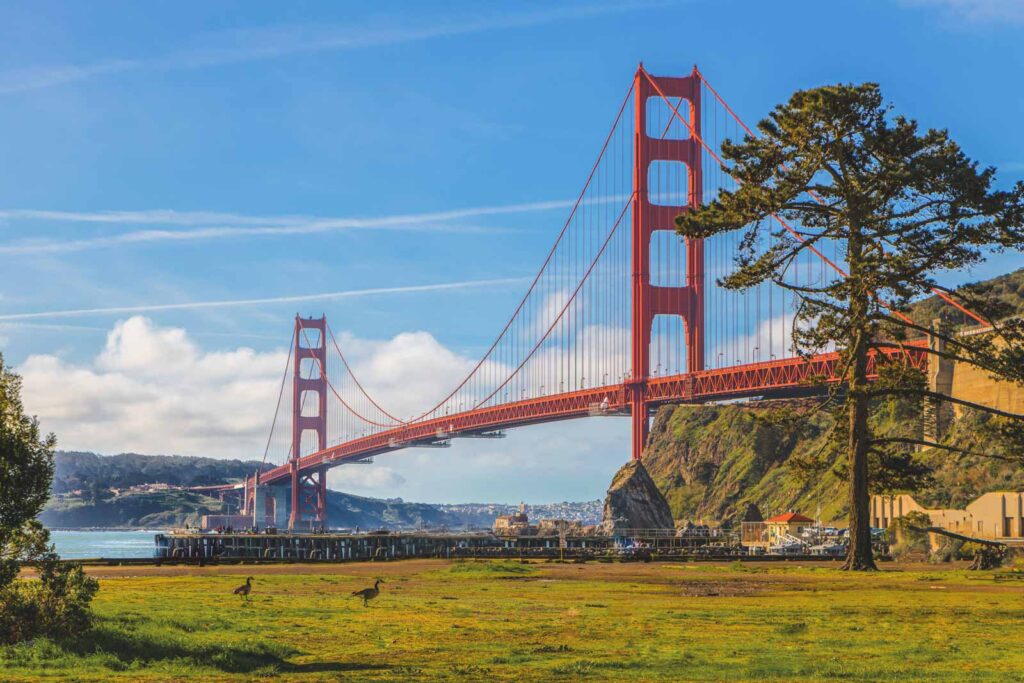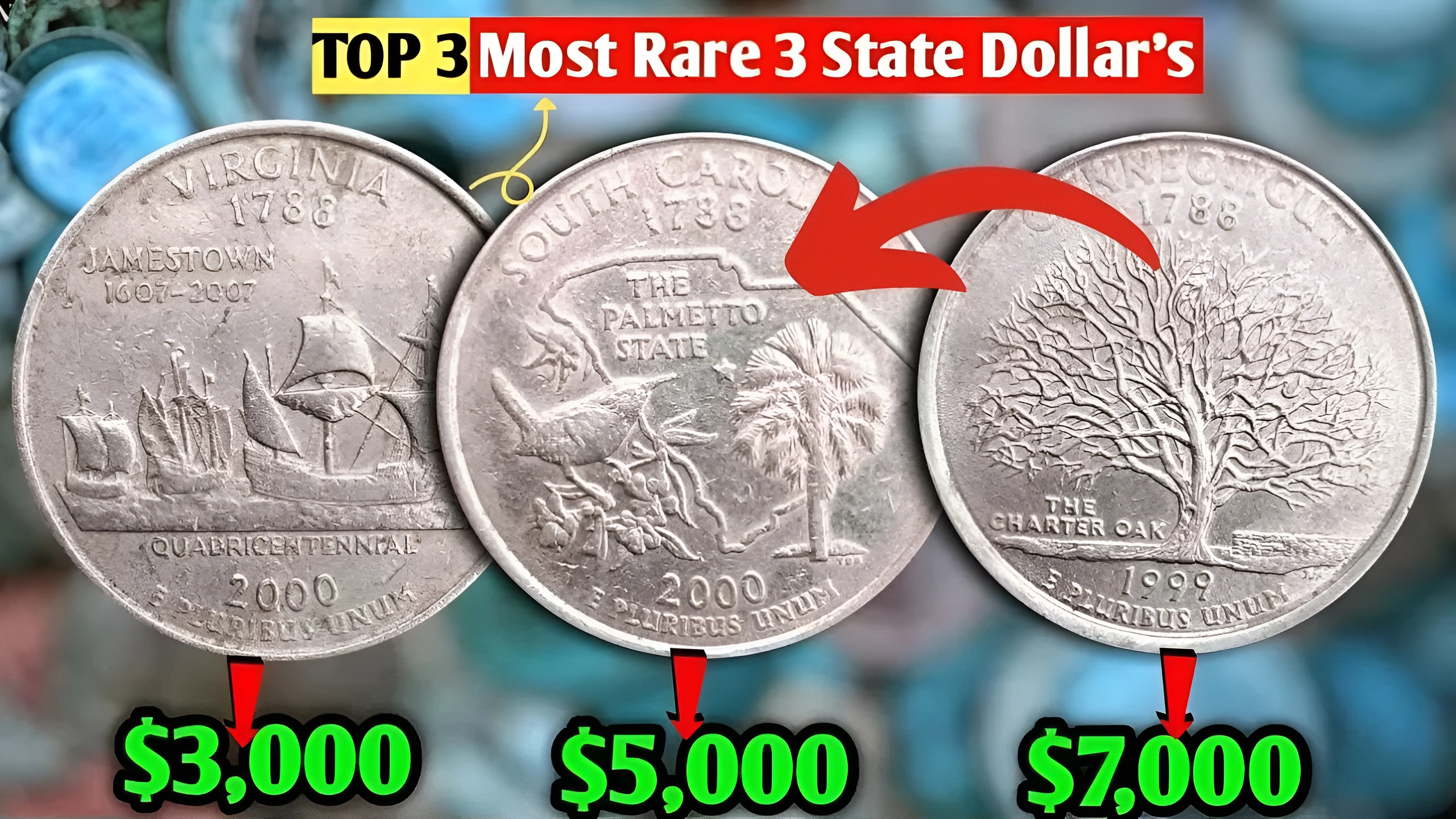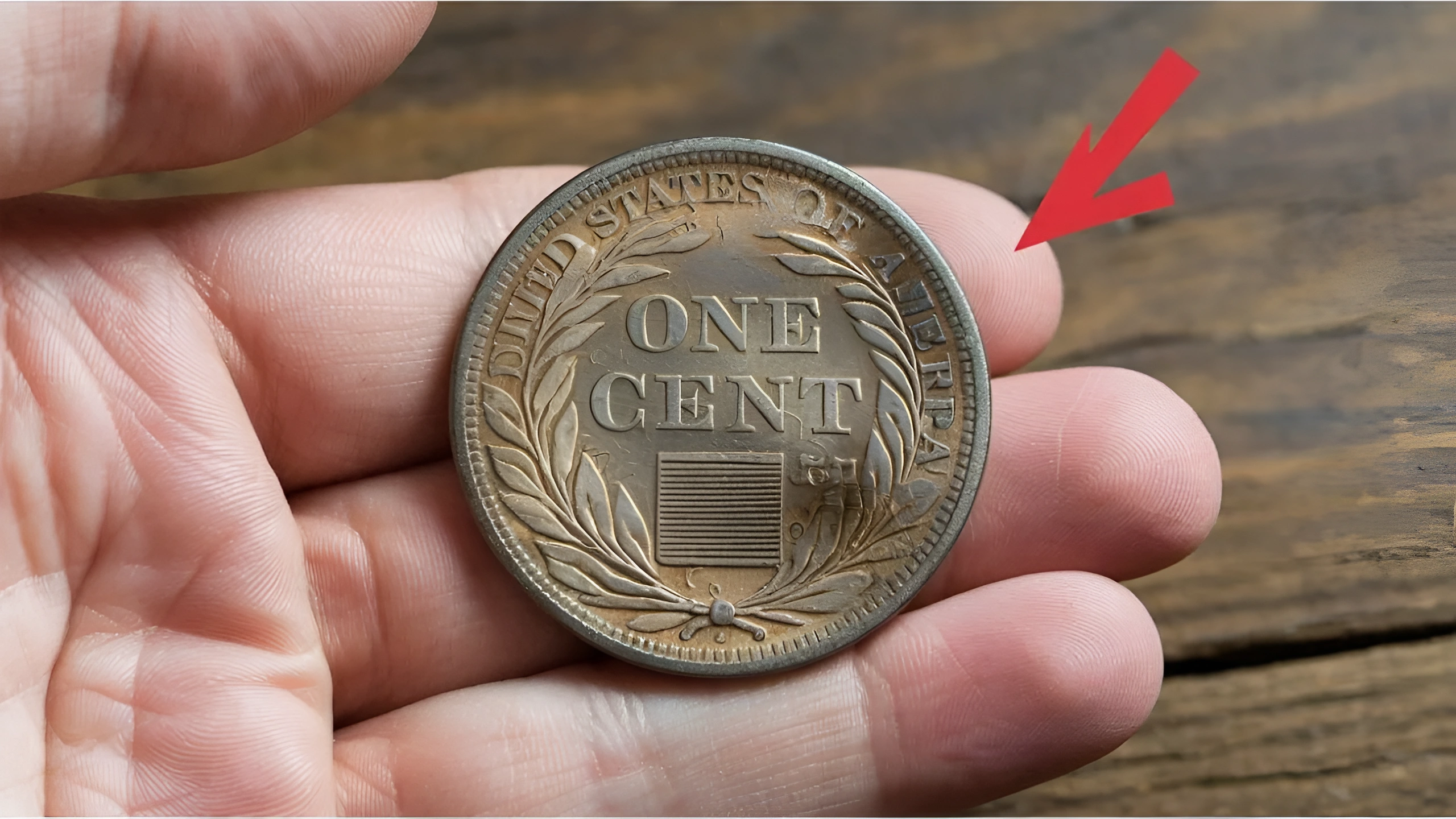
The Timeless Majesty of the Golden Gate: A Symbol of Beauty and Innovation
Few landmarks are as instantly recognizable and universally admired as the Golden Gate Bridge. Spanning the entrance to the San Francisco Bay, this architectural marvel is more than just a bridge—it’s an enduring symbol of human ingenuity, resilience, and artistry. Since its completion in 1937, the Golden Gate Bridge has captured the hearts of millions and continues to inspire awe with its timeless majesty.
What is it about this bridge that makes it so special? Let’s explore the history, design, and cultural significance of one of the world’s most iconic structures.

1. A Vision of the Impossible: The Birth of the Golden Gate
In the early 20th century, the idea of building a bridge across the Golden Gate Strait—a 1.6-kilometer channel connecting the Pacific Ocean to San Francisco Bay—seemed like an impossible dream. The challenges were immense:
- The strait’s waters were deep and turbulent, with strong tides and frequent fog.
- The economic strain of the Great Depression made funding such an ambitious project daunting.
- Skeptics doubted the feasibility of constructing a bridge in such a harsh environment.
Enter Joseph Strauss, an ambitious engineer who championed the project. After years of planning, fundraising, and overcoming public and political resistance, construction began in 1933. Remarkably, the bridge was completed in just over four years, ahead of schedule and under budget—a feat that remains a testament to the determination and vision of its creators.
2. A Design for the Ages
The Golden Gate Bridge’s design is a masterpiece of engineering and aesthetics. Its Art Deco style and bold red-orange hue make it both functional and visually striking.
- The Suspension Design: With a total length of 1.7 miles (2.7 kilometers) and a main span of 4,200 feet (1,280 meters), it was the longest suspension bridge in the world at the time of its completion. Its towers rise 746 feet (227 meters) above the water, making them a defining feature of the San Francisco skyline.
- The Signature Color: The bridge’s distinctive color, officially called International Orange, was chosen to enhance visibility in the frequent fog while complementing the natural surroundings. It has become an iconic part of the bridge’s identity.
- Durability: Built to withstand earthquakes, strong winds, and the corrosive effects of saltwater, the bridge remains a marvel of resilience. Regular maintenance ensures its continued safety and beauty.
3. Cultural Significance: A Global Icon
The Golden Gate Bridge is more than just an engineering achievement—it’s a cultural landmark that resonates on a global scale.
- Symbol of Hope: Completed during the Great Depression, the bridge became a beacon of hope and progress. For many, it symbolized the potential for human innovation to overcome adversity.
- Gateway to Dreams: For millions of immigrants arriving in the United States, the bridge stood as a gateway to new opportunities, marking their arrival at one of the most iconic cities in the world.
- Artistic Inspiration: The bridge has inspired countless artists, filmmakers, and photographers. From paintings to Hollywood films like Vertigo and The Rock, its silhouette is instantly recognizable.
4. A Destination for All
The Golden Gate Bridge is not just a structure to admire from afar—it’s an experience. Visitors flock from around the world to walk or bike across its 1.7-mile span, enjoying breathtaking views of the San Francisco Bay, Alcatraz Island, and the Pacific Ocean.
For locals, the bridge is a cherished part of daily life. Whether driving across it during a commute or gazing at it during a foggy sunrise, it never loses its magic.
- Golden Gate National Recreation Area: Surrounding the bridge are beautiful parks and trails, offering visitors a chance to explore the natural beauty of the Bay Area.
- Fort Point: This Civil War-era fort beneath the southern end of the bridge provides a unique vantage point and historical insights.
5. A Testament to Sustainability and Preservation
Despite being nearly 90 years old, the Golden Gate Bridge continues to stand as a model of sustainability and preservation. Regular maintenance, including painting and structural upgrades, ensures its longevity. Efforts to reduce environmental impact, such as retrofitting to improve seismic resilience, demonstrate a commitment to its future.
The bridge is also a symbol of environmental awareness. As climate change and rising sea levels threaten coastal cities, the Golden Gate Bridge serves as a reminder of the importance of preserving not only landmarks but also the natural world they inhabit.
6. The Bridge as a Timeless Memory
For those who visit, the Golden Gate Bridge becomes more than a landmark—it’s a memory. Whether walking hand in hand with a loved one, marveling at the fog rolling over the towers, or taking that perfect postcard photo, the bridge creates moments that last a lifetime.
Its timelessness lies in its ability to connect people—not just physically, but emotionally. It bridges the gap between the past and the future, the natural and the man-made, the practical and the sublime.
Conclusion: A Legacy That Endures
The Golden Gate Bridge stands as a testament to human ambition, creativity, and resilience. It is more than a structure of steel and concrete; it is a living symbol of hope, beauty, and progress.
Whether you’re seeing it for the first time or the hundredth, the Golden Gate Bridge never fails to inspire. Its timeless majesty reminds us that even in the face of challenges, we can create something extraordinary—something that endures for generations to come.
So, the next time you find yourself standing before this marvel, take a moment to appreciate not just its grandeur but also the spirit of innovation and perseverance that made it possible.







